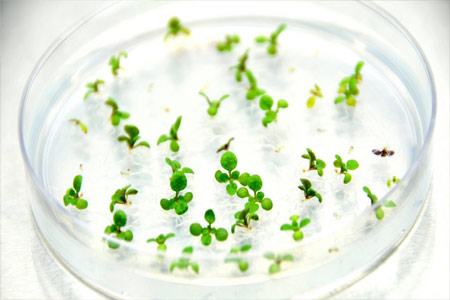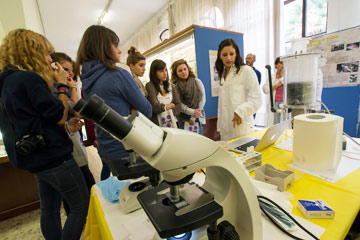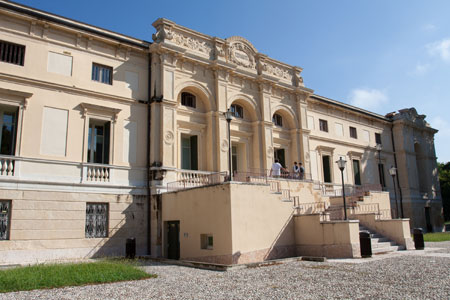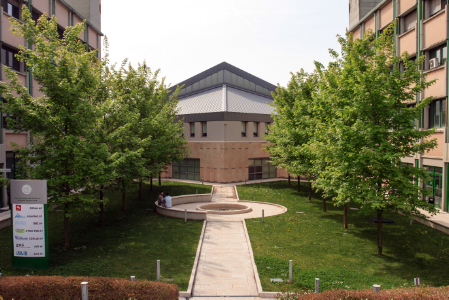Prosecco sparkling wine has an increasing success all over the world. It is made using the Charmat method, characterized by a second fermentation made in pressurized tank. With this technique wine aging time is considerably reduced compared to champenoise method. As a results wines are more characterized by floral and fruity notes and are perceived by the consumers as a wine that can be consumed every day not only for celebrations like champagne. However, to remain competitive in a highly dynamic market there is a need for continuous qualitative improvement, in order to reach new market niches with innovative products. A possible product differentiation could be obtained by aging wines on yeast lees in autoclave after secondary fermentation, in order to promote yeast cell lysis process. This winemaking technique aims to extract compounds from yeast cell to improve organoleptic characteristic. These compounds are: macromolecule like mannoproteins and polysaccharide that have an effect on effervescence, bubbles size and mouthfeel; small molecules like amino acid that could be precursors of new odor compounds appearing during aging. These new aging aromas can improve wine complexity and as a consequence the perceived value of wine. To obtain these results in a short time with the Charmat method it is possible during second fermentation to use enzymes that are able to degrade yeast cell wall and extract those molecules. The aim of this study is to investigate the effect of the addition of enzymes during secondary fermentation and aging in autoclave/pressure tank on Prosecco wine volatile compounds composition and aroma profile, considering also the influence on the partition of aroma compounds between the liquid phase and head space in relation to CO2. The screening of possible side activities on wine volatile compounds by commercial enzymes will be also studied. For these purpose different volatile sample techniques and gas chromatographic methods will be use.







